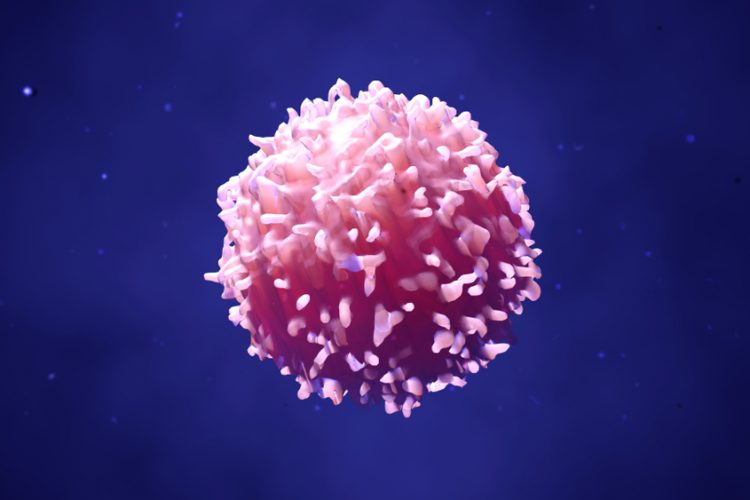Targeting channel in cell lysosome could selectively kill cancer cells
Posted: 25 October 2021 | Anna Begley (Drug Target Review) | No comments yet
Activating the protein channel TRPML1 induced selective melanoma cell death while sparing normal cells, suggesting a potential pathway for new cancer therapies.


Researchers at the University of Michigan, US, have identified a zinc and calcium ion permeable channel within a cell’s lysosome that could allow scientists to selectively kill cancer cells while sparing normal cells.
To develop new treatments for cancer, scientists are currently focused on finding the malfunctioning machinery within cancer cells that can be targeted using small molecule pharmaceuticals. In this study, published in Cell Reports, researchers identified one of these targets: a zinc and calcium ion permeable channel within a cell’s lysosome.
NEWS: MIT study reveals how lipid imbalance affects cancer growth in mice – READ HERE
The team discovered that this channel is up-regulated in metastatic melanoma cells compared with healthy melanocytes. They found that targeting this channel protein with small pharmaceutical compounds triggers the rapid and selective death of cancer cells while completely sparing normal cells.
“Many traditional cancer therapies target a well-known cell death pathway called apoptosis to trigger cancer cell death. However, many aggressive cancer cells harbour numerous mutations of genes that help them escape these treatments. We saw an urgent need to develop new therapeutic strategies that target nonapoptotic cell death pathways to eradicate cancer cells,” explained researcher Dr Wanlu Du.
The researchers focused on specific machinery within lysosomes that are hijacked by cancer called TRPML1 and examined protein expression levels of TRPML1 in normal skin tissues, benign and metastatic melanoma. In addition, they measured the channel activity by directly patch-clamping the cell’s lysosome. The researchers then examined the effect of pharmacological molecules, called TRPML1 agonists and antagonists, on cancer cells viability. They found that activating this zinc/calcium ion channel caused cancer cells to die, but did not cause harm in healthy cells.
“This is the first example of an opposite way to think about cancer treatment,” stated senior author Professor Haoxing Xu. “Cancer is caused by maladaptation, or upregulation, in many signalling pathways, which results in excessive, uncontrolled cell growth. The traditional anticancer approach is straightforward: to inhibit or decrease maladaptive up-regulation. We now demonstrated that giving a further boost to the ‘bad,’ cancerous signalling can selectively ‘kill’ the cancer cells.”
To determine what was responsible for the cell death when activating TRPML1, the researchers examined the effect of different metal ions on the cell death. They found that zinc permeability of TRPML1 played a critical role in the process.
“When we tested different ion blockers to see which could prevent the cell death, we found that if we blocked lysosomal zinc release, we could completely block this type of cell death,” said Du. “This is why we believe this channel activation and lysosomal zinc release mediates this kind of cell death.”
ARTICLE: Telomerase – a universal cancer target for immunotherapeutic vaccines
According to the team, the study sheds light on a new cell death pathway they call “lysozincrosis” – a combination of lysosome, zinc and necrosis – that is mediated by the activation of TRPML1, lysosomal zinc ion release and mitochondria dysfunction and this discovery could eventually lead to the development of new cancer therapies in the future.
Related topics
Cell-based assays, In Vitro, Molecular Targets, Oncology, Protein, Therapeutics
Related conditions
Melanoma
Related organisations
University of Michigan (U-M)
Related people
Dr Wanlu Du, Professor Haoxing Xu


